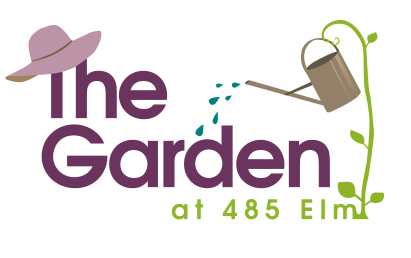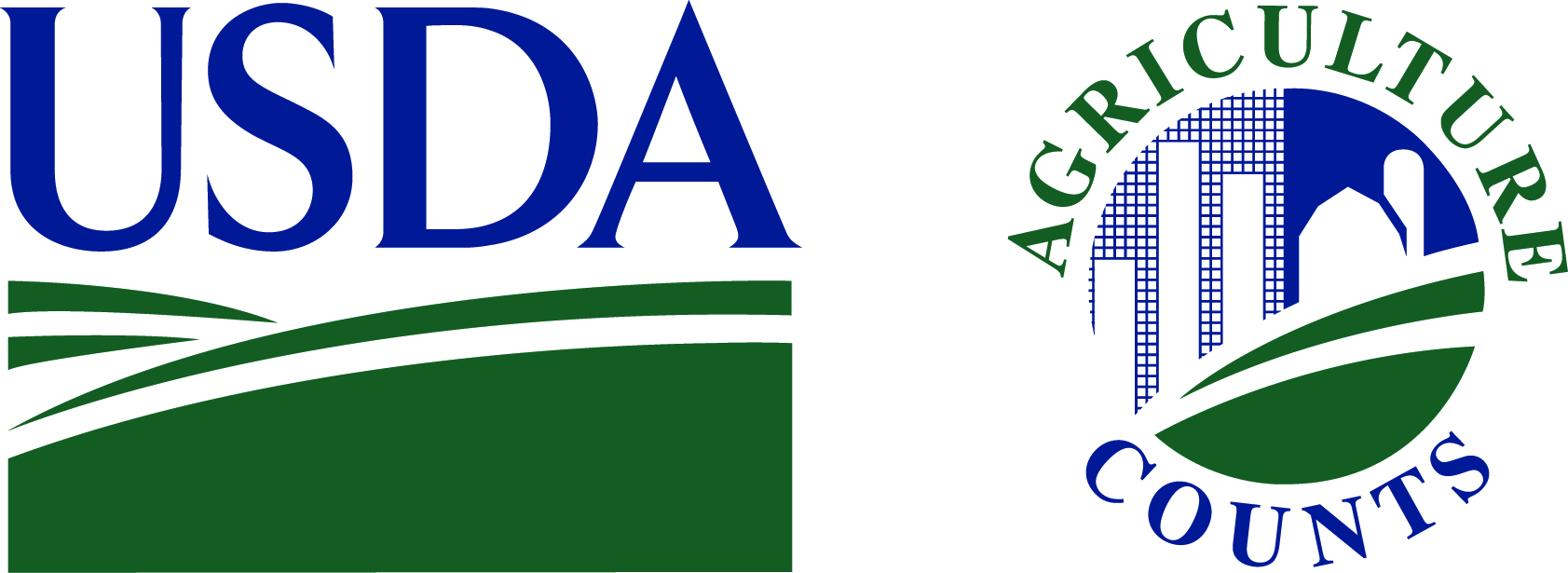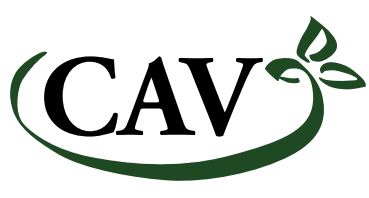Every year, gardeners ask when the garden starts for the season. The answer is: When the snow has melted and the soil has thawed enough to dig in. This year, the first work party was in mid-April.
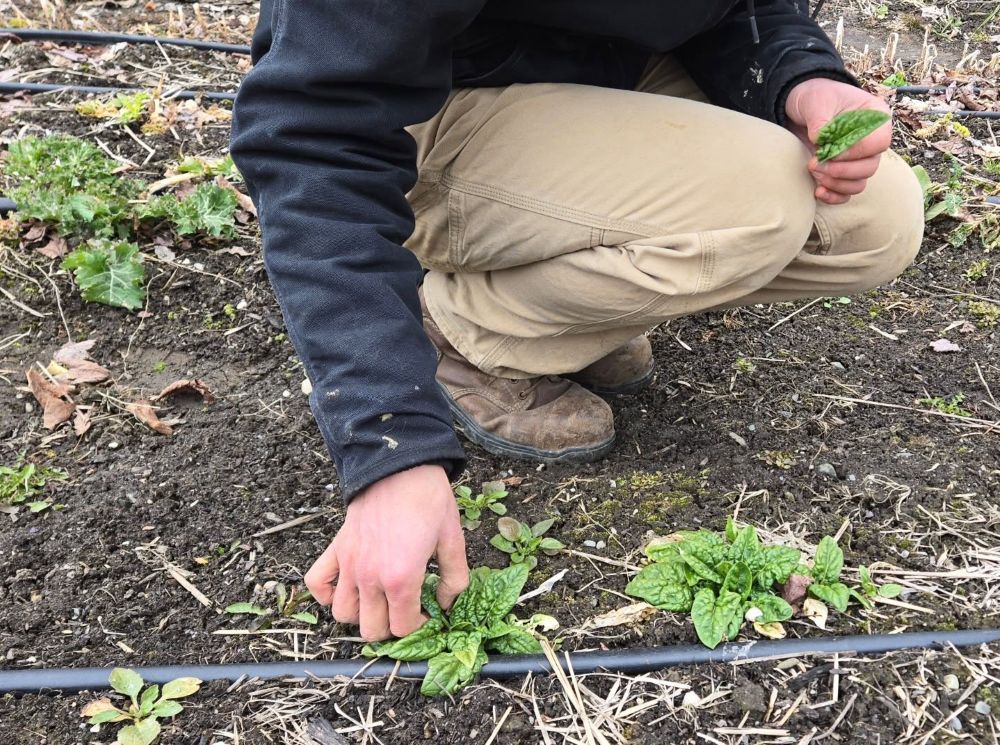
Volunteer crops from the previous season are hardy and delicious, like the spinach a gardener is harvesting, and the kale in the background, to the left.
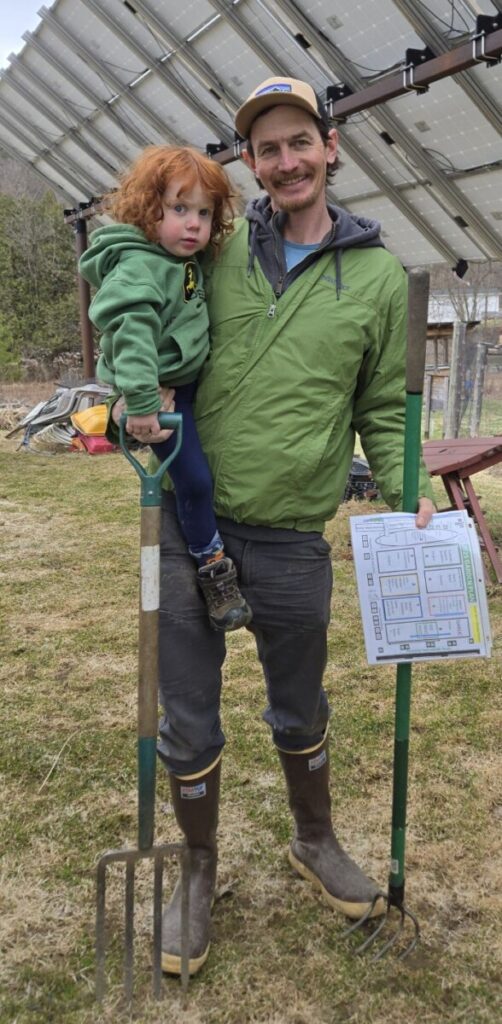
But it’s time to prep beds and plant new crops, and gardeners are ready to dig in.
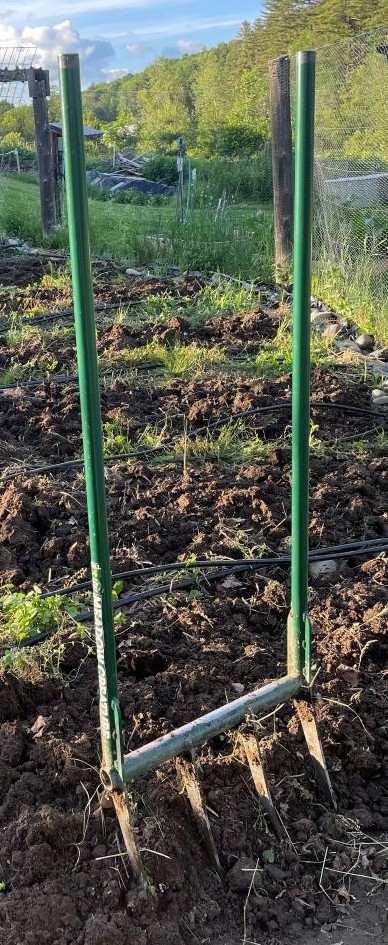
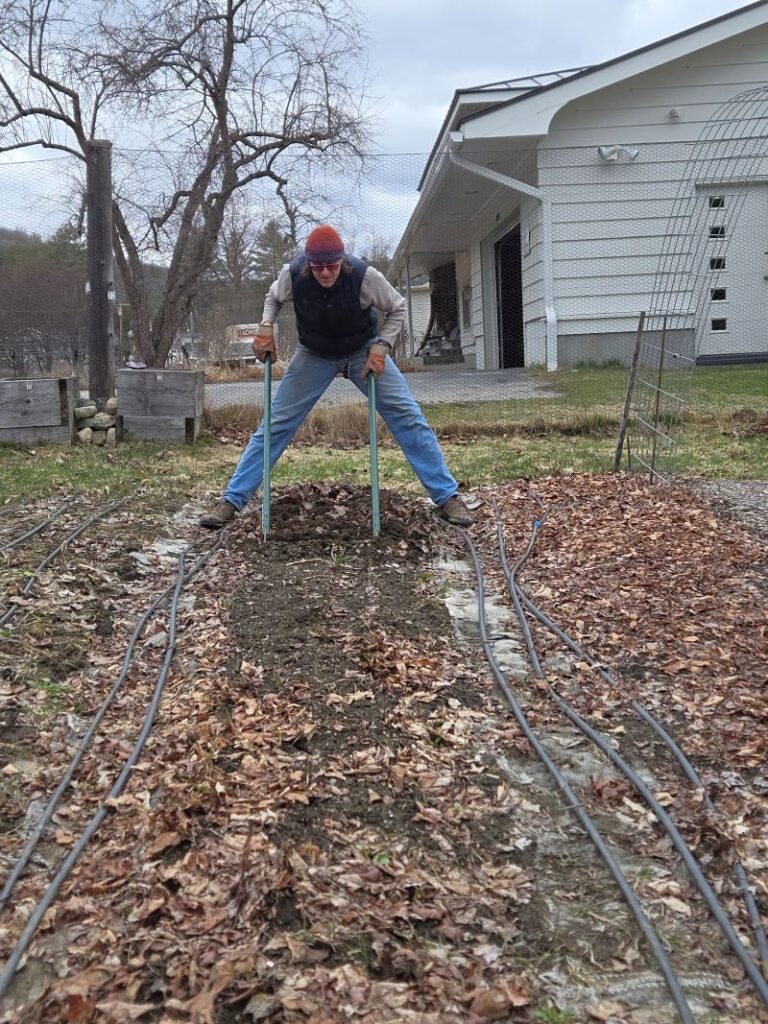
This is a no-till garden. We keep soil-structure disturbance to a minimum. Instead, we loosen the soil with tools like this deep spader, or broadfork. With the deep spader, a gardener prepares the row on the right for planting spinach seed.
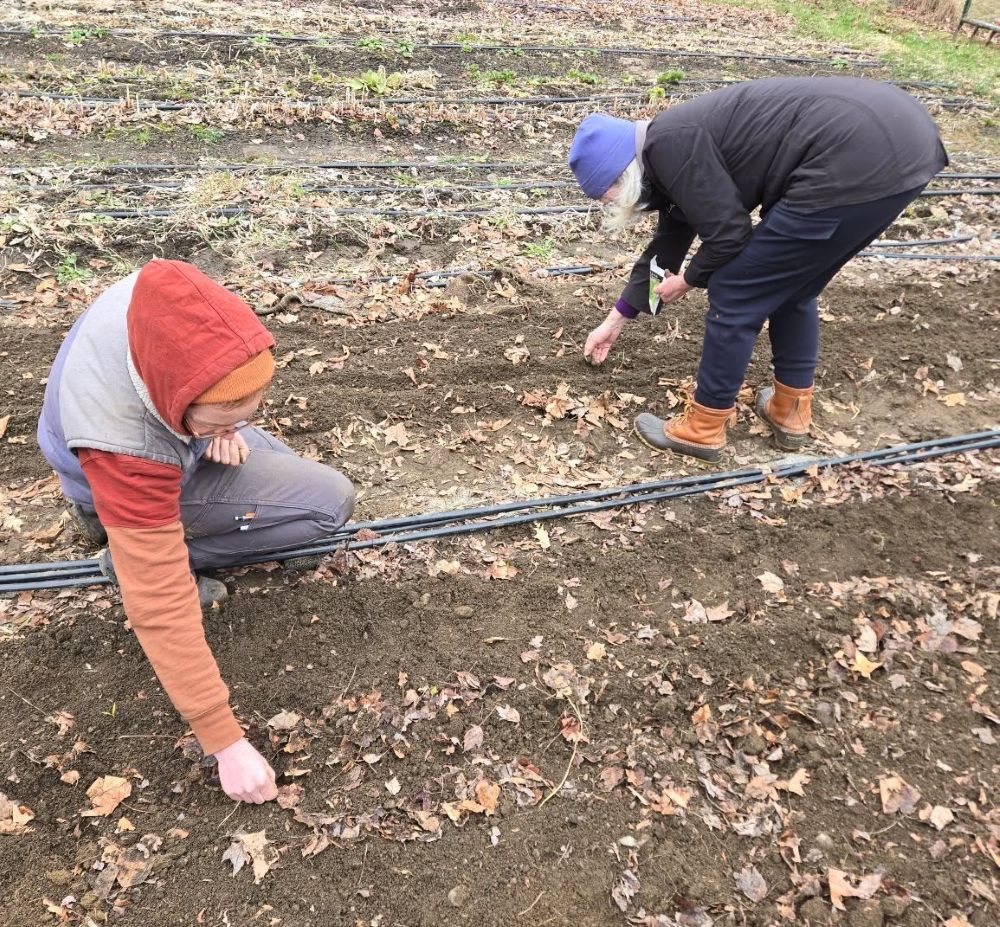
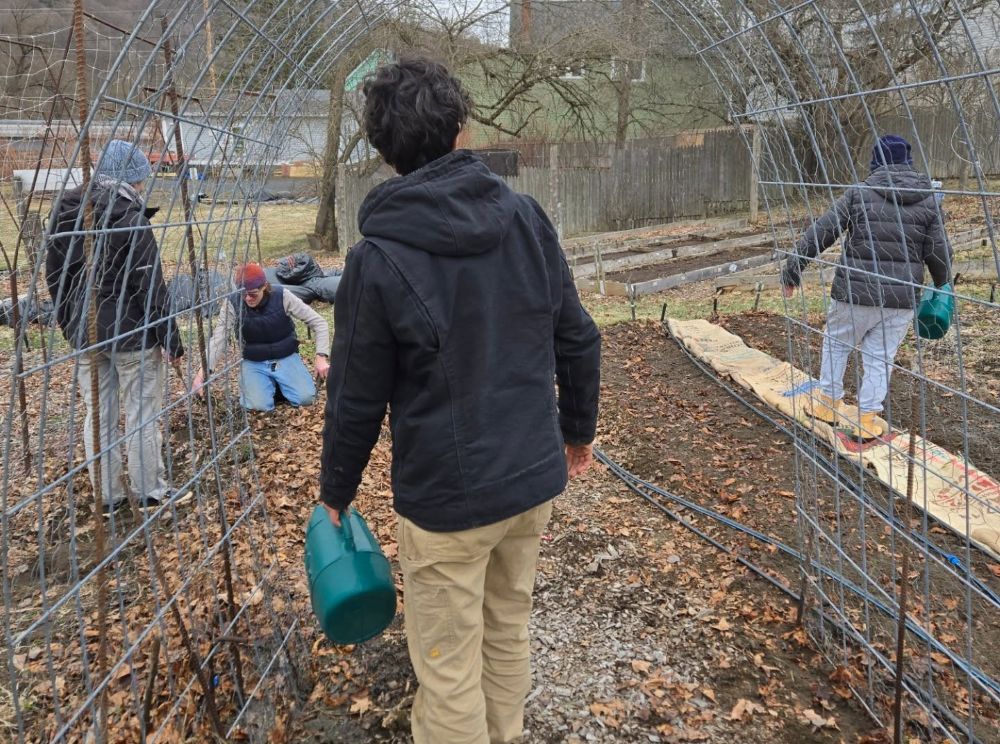
In the rows cleared of leaf mulch and loosened with the broadfork, gardeners plant radish seed from Renee’s Garden and Seed Saver’s Exchange, and Baker Creek Gigante d’Inverno spinach seed. On the right, a hooped cattle panel serves as trellis for the Botanical Interests Cascadia snap peas planted underneath it. All the seed is watered in.

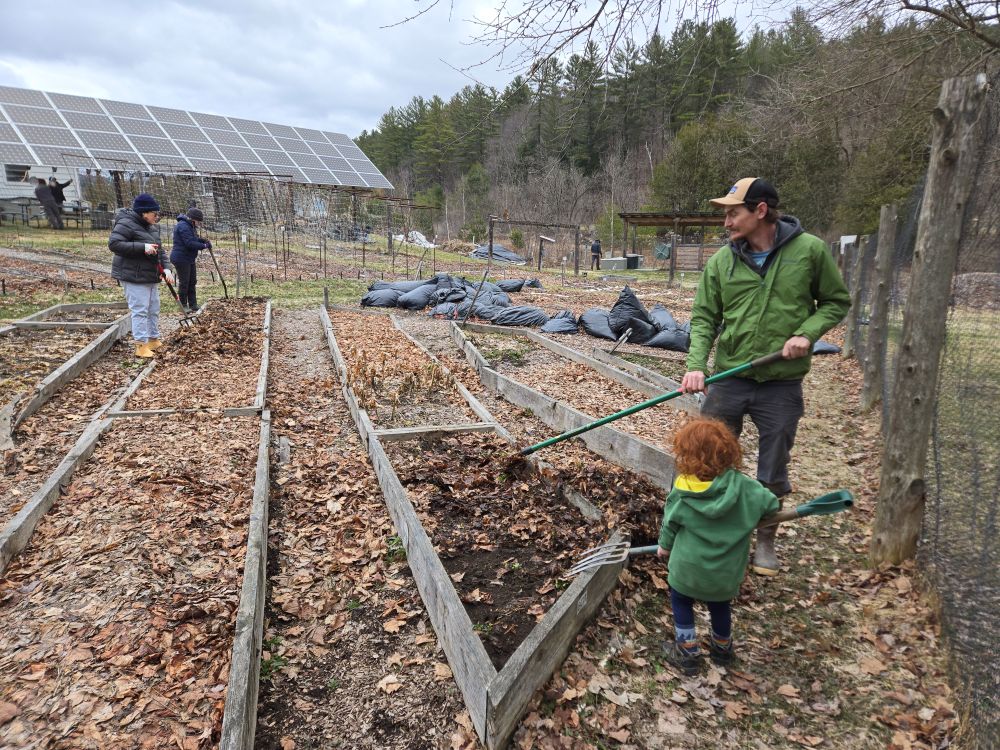
Within the fence, the garden has eight plots. Six are dug into the ground. Two plots consist of hemlock boxes. These gardeners are prepping and planting some of those boxes with low-growing snap peas, that don’t need trellis. Thank you for the fresh seed, Eden Brothers, and a variety we’d been hoping to find!

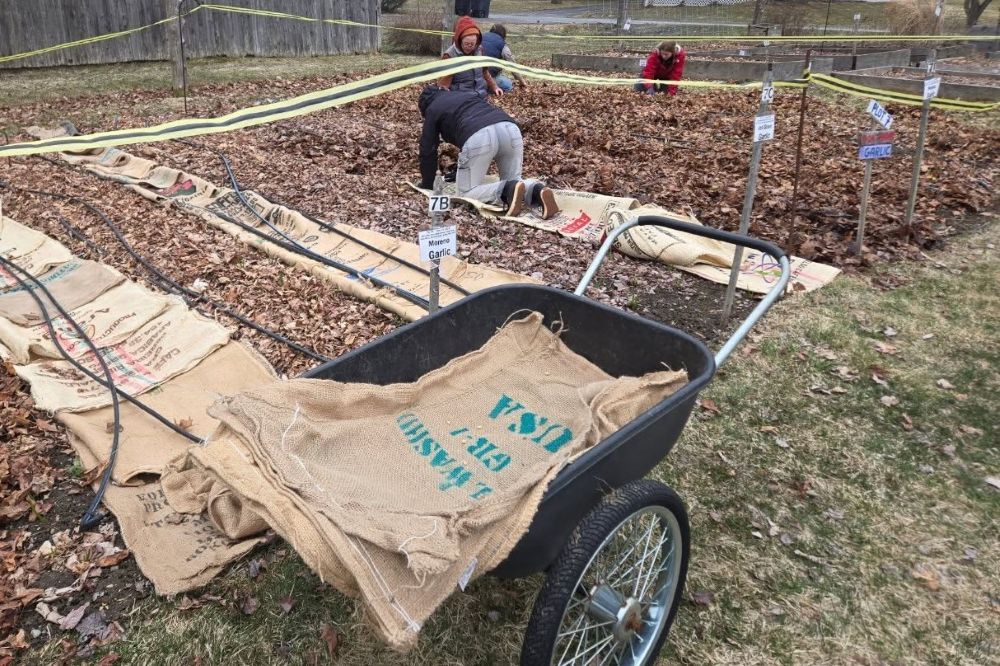
Finally, a favorite crop: garlic. We planted it as late as possible last season so it wouldn’t sprout before winter. As soon as the ground thawed in spring, little green sprigs emerged. Gardeners are clearing leaf mulch to allow the tiny garlic plants to emerge and sunbathe.
Once rows are planted out, we lay coffee bags between them to mark where it’s safe to walk (and prevent mud puddles) and suppress weeds. Many thanks to Brio Coffeeworks in Burlington, Vermont, for holding aside burlap for the garden!
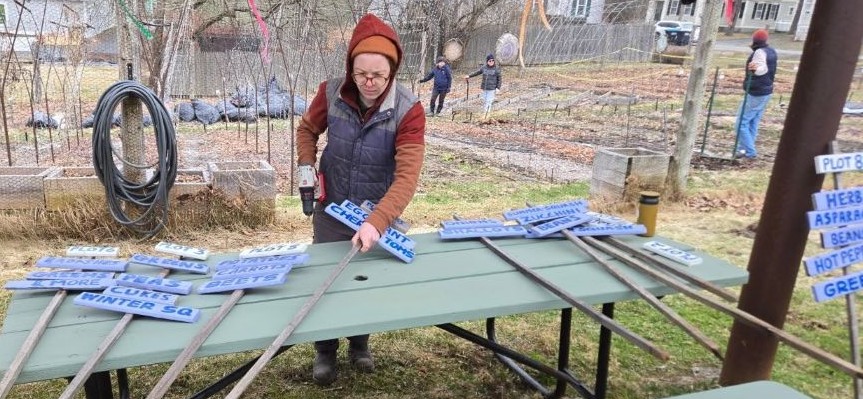
In this large, complex garden, these appealing signs help identify where crops are planted.
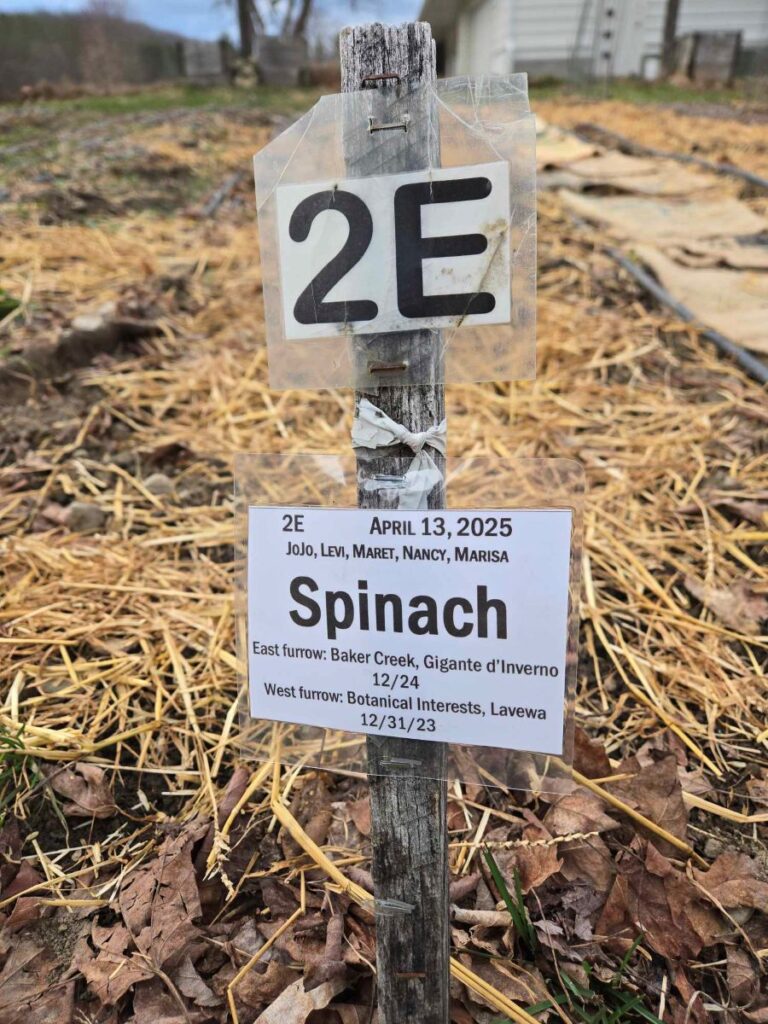
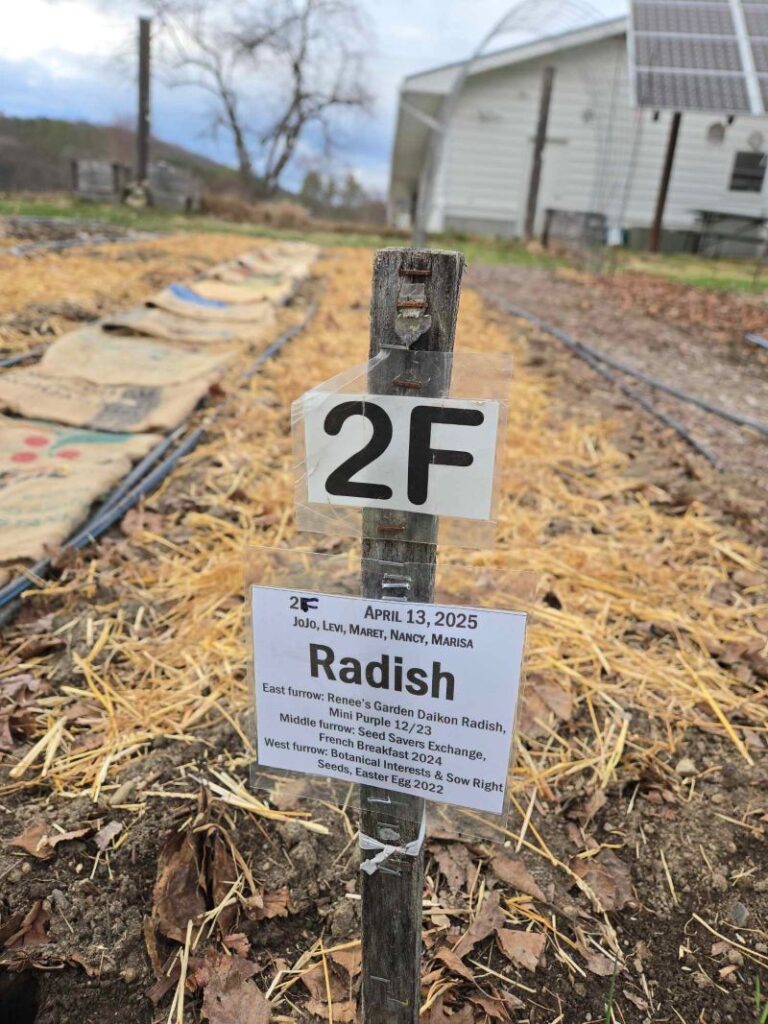
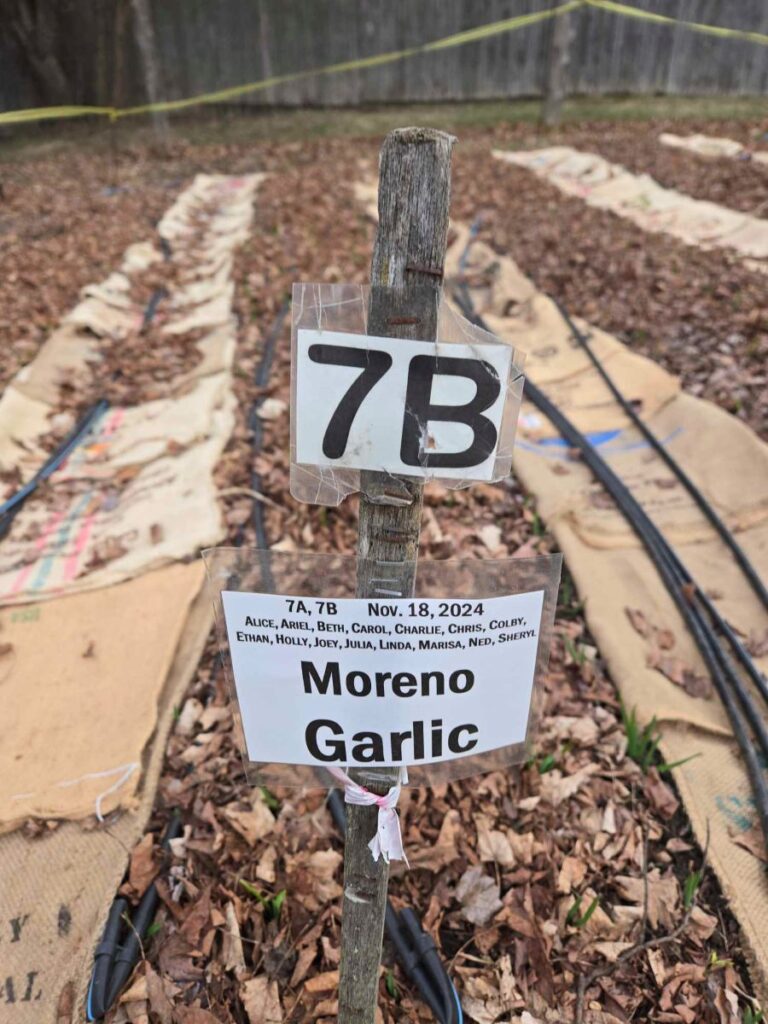
A topping of straw mulch and these labels say: Something‘s growing here! Once planted, each row and box in the garden gets a laminated label with the planting date, the crop, variety, seed company name (or seedling source), year, and the names of the gardeners who planted them. It’s like a game of garden telephone: Planters convey this information to the garden organizer, who enters it into the garden plan, planting log, and label template for printing. Gardeners arriving to tend and harvest crops get oriented using the labels and garden plan. With so much garden and so many gardeners, communication is a core garden task.
